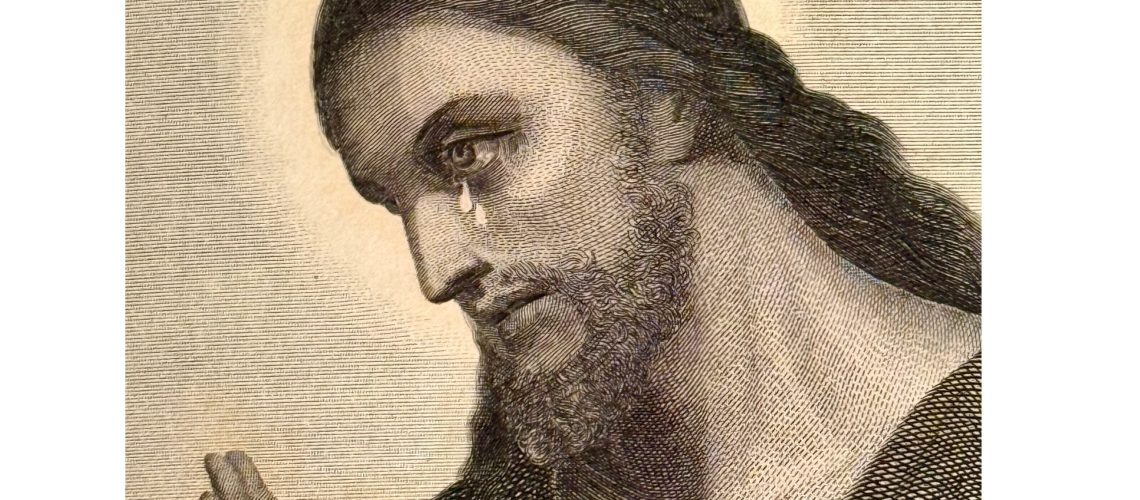Jesus Wept Philip Shenon
The Roman Catholic Church defines itself as the “people of God,” a community of all the baptized — lay women and men, the clergy, prelates — and not as a monarchical line of popes.
Yet with sharp portrayals of the last seven men who have served as supreme pontiffs, Philip Shenon’s “Jesus Wept” delivers a compelling recent history of the 2,000-year-old institution whose leaders reach for heaven but often fall spectacularly, sadly, into the morass of mortal fallibility.
Popes grapple with heinous waves of clerical sex abuse. Bishops and laity grapple for control of papal agendas, and all grapple with the watershed reforms of the Second Vatican Council (1962-65), known as Vatican II.
With 1.3 billion members, growing in Africa and Asia, and a fifth of the U.S. population (Catholics have invariably voted for the winner in presidential elections since 2004), the church is fabulously wealthy, its bishops and diplomats on the front lines of political events. The Catholic Church is “easily the most important institution in the history of Western civilization,” Shenon writes. Raised as a “not particularly observant Protestant,” now an agnostic, the author (a former longtime New York Times reporter) covered the clerical sex abuse scandal for The Daily Beast. He measures the popes partly by how they carried out the “spirit of Vatican II” but, most harshly, by how they mismanaged the monstrous crisis of abuse, especially of children.
The book’s title is taken from the two-word verse in the King James Version that describes Christ’s reaction to seeing the corpse of Lazarus. “Surely,” Shenon writes, “the Savior’s tears would be justified today by the catastrophic failings of a church that claims to act in his name.”

